- Home
- About
- News
- Services
- Author Services
- Working With Artists
-
Sparks
- Book Santa Fe
- V Day UVM Hermosillo
- SFYSA
- Flamenco
- Santa Fe Intl. Silk Fashion Show
- Freud's Artifacts
- Personal Artifacts
- Wunderkammer - Artotems Co.
- Dreams Revisted - Jung
- Meet Artotem
- Artistic Business Cards
- Things on Adobe
- It Was In Our Hands
- A Vision of Crows
- Look and Listen
- Death of A Book
- Alan Watts
- Textures - It's Nature's Way
- The Early Years
- Things on Adobe
- Our Customers Are Creative
- Contact
 A favorite - The Stone Raft by Jose Saramago A favorite - The Stone Raft by Jose Saramago We all have certain objects we own that have more meaning than other objects in our lives. A favorite sweater, a household item given to us by a family member, our cell phone, a beloved book, can all be touchstones that anchor us to a sense of connectedness in our life. It’s always been this way for us. Museums are great places to see objects that are revered and held in high esteem for a multitude of reasons. They are anchors to the past and learning as well as examples of what we have valued throughout time. Even our pets often have objects that are beloved. Certain objects are just important. And then there is art… Many of the objects created by artists are one of a kind. They are unique and have an expressive quality that you either appreciate or not. They differ from the favorite sweater you chose off the rack or ordered online. Unless the sweater was made for you it’s simply one of a multitude of sweaters being worn by many. Sure you can individualize some of these objects like your phone to some extent but still it’s a phone like thousands of others around you. Creating a piece of art brings something into the world that literally didn’t exist before it was created. It’s almost a magical act of creation. It’s exciting! Here’s a caveat… Art has a very long history. What we do now is influenced by that history. We almost can’t escape that fact. For a few fantastic examples check out the previous post by Mari, “Visiting the Moderna Museet in Stockholm - and Other Museums We Can't Stop Talking About” However, that doesn’t change the fact that when we create something new and different we truly have brought something new into the world. "Original thought is like original sin: both happened before you were born to people you could not have possibly met." Fran Lebowitz Art for me is a part-time endeavor. It satisfies the creative urge that often calls to me. Here are a few examples of recent work with obvious artistic shout outs to those who came before. Things Cubed - A series that continues to grow.
1 Comment
 Book at the Moderna Museet Bookstore Book at the Moderna Museet Bookstore Our spring trip to Europe was all about renewing our inspirations and dipping our brains and toes in some of the best art museums (according to us). Our Journey began in Stockholm, Sweden, although it not the best place to acclimate to the 8 hour time change. The sun was rising around 3:30 A.M. and setting around 10 P.M. As we quickly learned, Stockholm had nearly 18 hours of daylight per day! Insert jet-lag nightmare here. You may have heard of the Moderna Museet back in 1993 when eight works by Picasso and Georges Braque, the French cubist, valued at some $60 million, were stolen. Responsible for housing one of Europe's finest collections of modern and contemporary art, the Moderna Museet was certainly one of the highlights of our trip to Europe this spring. They had over 35 pieces of Duchamp's alone in their permanent collection! After Stockholm we spent some time in Amsterdam. There we visited several museums, amongst them the Van Gogh Museum, which merited almost an entire day. Lost in Van Gogh's brush strokes you're transported to another time. You are there in his studio witnessing his latest painting, dabbing the finishing touches with a stroke so famous and so unique. Tragically, like many creative geniuses, Van Gogh ended his own life, two gunshot wounds to the chest, taking his last breaths in his brother Theo's arms. One can bear witness to their strong relationships in the hundreds of letters they exchanged while they were apart, The letters chronicle Vincent's life like an autobiography. All art has the potential to be powerful and create strong and even unfamiliar reactions inside us, but in particular I think we had the strongest "aha' moments at the Van Gogh Museum. To mix feelings up further, the temporary exhibit at the Van Gogh was 'Easy Virtue' depicting prostitution in French Art from 1850 to 1910. The exhibit examined how the theme of prostitution was dealt with by over 40 different artists. It included rare private and public collection works by Van Gogh himself, Degas, Toulouse-Lautrec and Picasso among others. A fitting and interesting introduction to Amsterdam and the Red Light District. In Amsterdam we also visited the Stedelijk, and the Moco Museum (which was exclusively featuring works by Banksy and Warhol). In Paris, we never miss the Louvre but this time we also visited the Georges Pompidou Center to see the Paul Klees exhibit as well as Espace Dali to see a great collection of Salvador Dali's work. Finally, in London we went to the Tate Modern. Interestingly, a whole section of the Tate was being prepared for a major Georgia O'Keeffe exhibit. This was of course an interesting fact to us Santa Feans.  Francisco is one of our newest client’s at Artotems Co. A talented artist, his speciality is the ancient greek method of encaustic painting. Francisco Benitez considers himself an atemporal archaeologist who excavates lost and forgotten styles of painting long assigned to the shadows to reveal the ever-transient nature of the human psyche. Trained in a rigorous atelier program at the Art Student’s League in New York, he frequented museums and copied old master paintings in order to master their techniques and conceptual strategies. However, impelled by an emotional/psychological impulse, he initially embraced a Caravaggesque approach to his subjects, in which narratives were weaved about the subjects as light sculpted their forms out of shadow. Always concerned with presenting the human psyche in all its complexity, Benitez later discovered the ancient Romans and Greeks, and in his desire to fuse the gravitas of history with the psychological narratives of his subjects, he embarked on a new series of works in encaustic, one of the most ancient painting techniques known to humanity, and one of the most difficult to master. As the Fayum portraits of Ancient Egypt attest, wax not only served to embalm the dead but to resurrect and revivify the subjects represented. By using the ancient tools and restrained palette of the Greeks, Benitez has isolated the psyche and placed it on center stage, whereby the viewer brings his/her subjectivity to the work and in effect initiates a complicit relationship with memory, history, and the geological layering of the collective human experience through the represented individual. Born in 1967 in Taos, New Mexico, into a family of performing and visual artists—Maria and Cecilio Benitez—he obtained his BFA from the University of New Mexico, after having studied in Granada, Spain, the Art Student’s League, and St. John’s College. Besides actively showing in the US, he has also lived and exhibited widely in Europe, especially in France and Italy, where he has participated in a number of museum and gallery shows.
Tucked away in the El Castillo caves in Spain, first discovered in the 19th century, scientists recently re-tested the hand stencils painted in one of the caves. Much to their surprise they were far older than previously thought. They were so old in fact; at an estimated 40,800 years, Neanderthals may have created the stencils. Whoever created them and for whatever reason they proclaim, “We were here and if you find this we want you know it!” Looking at the hand stencils one can’t help but marvel at the connections across time that these simple human intimate representations signal to us. The hand, our most unique physical way of making a mark becomes the mark they make to speak to us. Who doesn’t understand a signature as universal as that? The cave painter’s accomplishments in the caves don’t stop with hands but represent the world they lived in and what mattered to them. Like other archaic cave paintings discovered throughout the world these marks speak to us about their creator’s unique abilities and leave many of us with a deep appreciation of those who came from a time so long ago. We see their incredible skills at carefully rendering elements of a world whose difficulties we can’t really imagine. They took the time to create these and surely they knew others would find them. 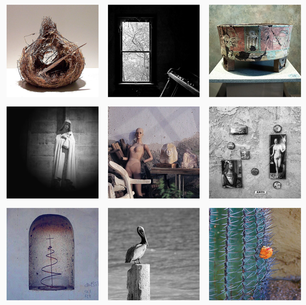 Instagram - Our virtual cave wall. Instagram - Our virtual cave wall. We all in one-way or another want to make our mark. Whether personally, or within an organization or a team we want to leave a legacy that says, “I/We did this.” The ways to do this have vastly multiplied. Communication avenues have increased like never before. There has never been a better time to make your mark and have the ability to tell the world that you have done so. Each time we create a web site or post on Facebook we are making a declaration that says this is what matters and unlike the hidden cave paintings the potential audience is unlimited. Each Flickr photo or Pinterest post makes a statement and reaches out to others and like the cave paintings visually proclaims, “I/We care about this and want you to know it!” It’s any ones guess how long these digital proclamations will last but there is no doubting the potential reach they have in the present. Like the cover photo we created in chalk for this blog post they may easily disappear but for that short time the audience is enormous. The cave paintings on the other hand have now lasted for tens of thousands of years and have the advantage of being presented to this much wider audience. Wow, we are impressed and are glad they are still there! As we work with others throughout the world we are continually inspired by what our customers accomplish and what they create. We are honored to help them proclaim, “We did this and we want you to know it!” The Cave of Forgotten Dreams by Werner Herzog Note: Since this post was originally posted Jay passed away in December of 2015. RIP Jay, you will be missed by many! He was a big man with an even bigger heart. 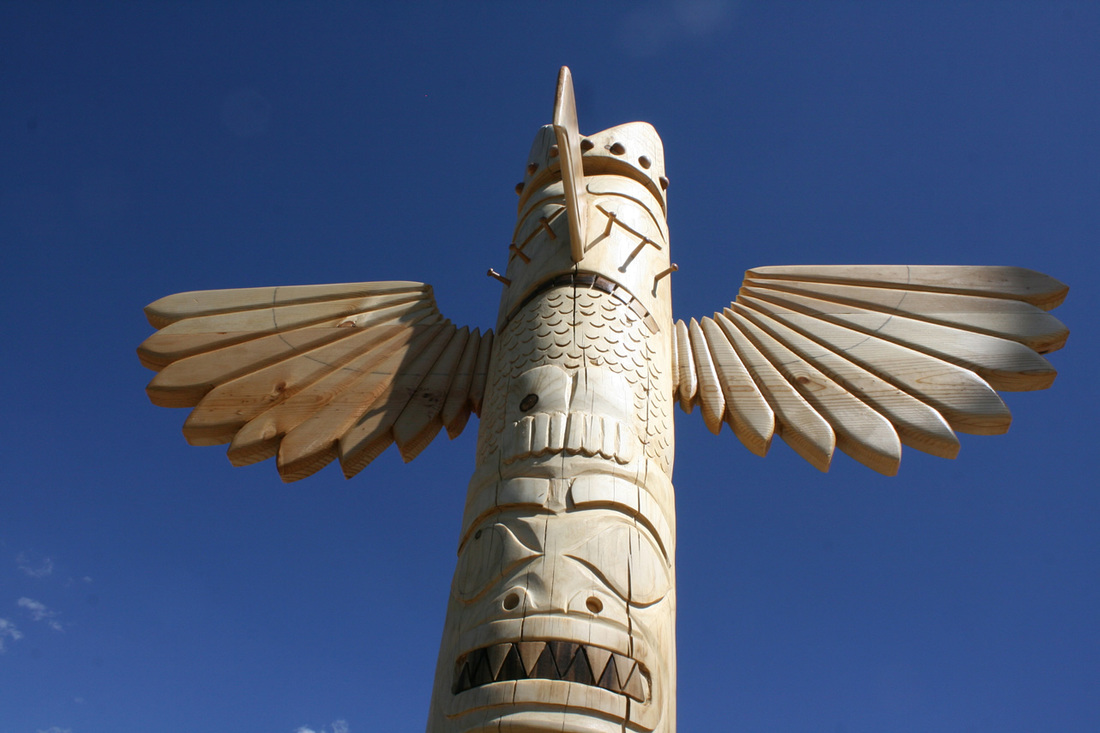 Totem Discovery We often run across great art in the Santa Fe, New Mexico area. New Mexico is not only the land of enchantment but also the land of Art, and yes with a capital “A”. Inspiring works of art can be found at every turn, from roadside creations to galleries, art is a big part of what makes the area tick culturally and economically. One day in July, Mari ran across a fellow working in his yard on something we at Ar(totems) Co. of course have a great appreciation for, Totem Poles. Since then we know the creator of these Totems is Jay Womack and we have begun representing him online and elsewhere. See his new Facebook page here: Jay Womack – Artist Jay Womack 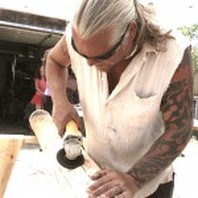 Jay Working Jay Working Jay comes from a background of construction and fine woodworking. Like his totems he strikes a large imposing figure despite his amiable personality. After a couple of beers and a good conversation we realized his talent and his attitude fit well with our mission and representing him would be a pleasure. Jay’s great-grandmother was a Native American and while not all of his work is traditional much of it has the stunning impact a totem pole can have. Unlike many traditional artistic sculptures totem poles typically have specific meaning based on cultural and familial or group relationships. They are most closely associated with the cultures of the indigenous peoples of the Pacific Northwest Coast of North America. The scholar Eddie Malin has proposed that totem poles progressed from house posts, funerary containers, and memorial markers into symbols of clan and family wealth and prestige. A Bit About Totem Poles “The meanings of the designs on totem poles are as varied as the cultures that make them. Totem poles may recount familiar legends, clan lineages, or notable events. Some poles celebrate cultural beliefs, but others are mostly artistic presentations. Certain types of totem poles are part of mortuary structures, and incorporate grave boxes with carved supporting poles, or recessed backs for grave boxes. Poles illustrate stories that commemorate historic persons, represent shamanic powers, or provide objects of public ridicule.” Wikipedia We Need One Given the work that Jay does and our appreciation of it we had to work a deal out with Jay to create a totem pole for us. It just makes sense, eh? When it’s done we’ll feature it here. In the meantime here are a few photos of his current projects. Also check back here to find his new website soon. Jay's Current Work
The Light Box The Light Box Sculpture is part of an ongoing artistic project exploring how we relate to the objects in our lives and how we place various levels of importance on those objects. Our attachment to “things” and in particular specific objects is a subject that is not always well understood. We “love” our new phone or our new car, but what does that mean? We have emotional attachments to objects and it doesn’t always make sense even to the owner. It’s fairly clear why the family heirloom or object we bought to commemorate our travels abroad evokes a powerful sense of attachment. Also clear is the attachment to objects that make our lives easier and more comfortable. It’s less clear when an object has no specific use or isn’t related to an event or person and yet evokes that same sense of caring and pride. This project is based on playing with light, shadows, and objects in a found and altered electrical box from the past. The intention behind it is to dignify each object or set of objects and give them greater importance than they intrinsically have on their own. While in some cases the objects by themselves are fascinating the box and light can showcase them and provide a greater sense of importance to them. |
Artotems Co.Sharing our creative efforts, work and travel. Archives
December 2022
Categories
All
|
Site Design by Artotems Co.
- Home
- About
- News
- Services
- Author Services
- Working With Artists
-
Sparks
- Book Santa Fe
- V Day UVM Hermosillo
- SFYSA
- Flamenco
- Santa Fe Intl. Silk Fashion Show
- Freud's Artifacts
- Personal Artifacts
- Wunderkammer - Artotems Co.
- Dreams Revisted - Jung
- Meet Artotem
- Artistic Business Cards
- Things on Adobe
- It Was In Our Hands
- A Vision of Crows
- Look and Listen
- Death of A Book
- Alan Watts
- Textures - It's Nature's Way
- The Early Years
- Things on Adobe
- Our Customers Are Creative
- Contact



















































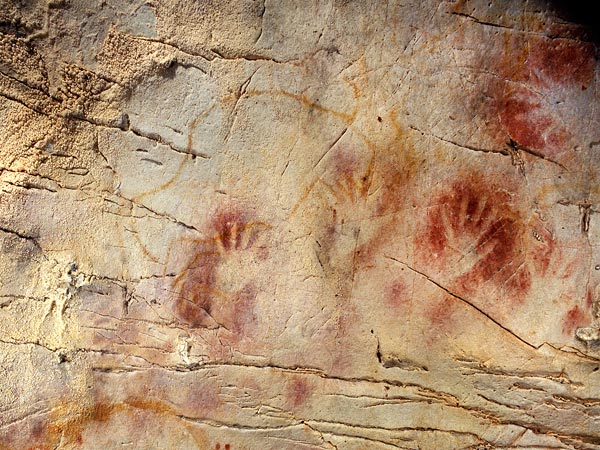
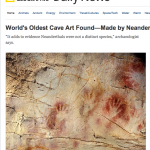
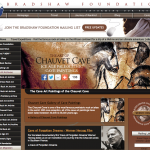
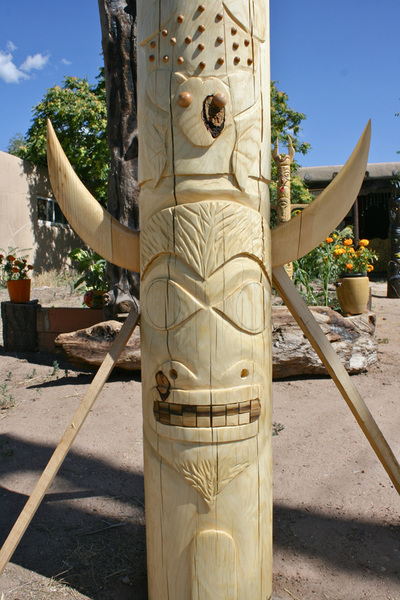
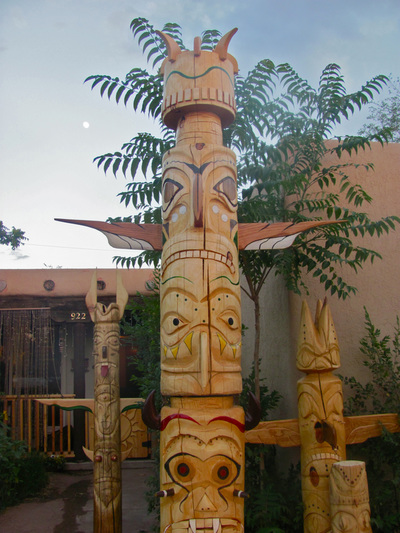
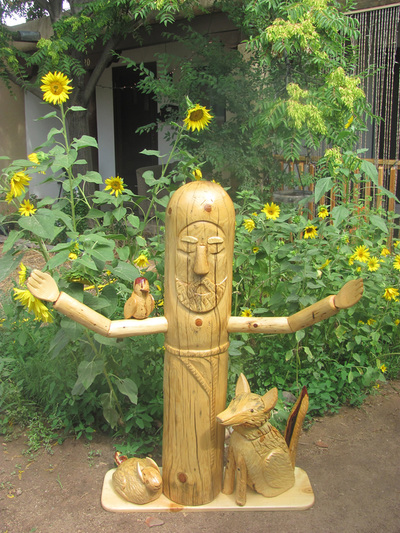
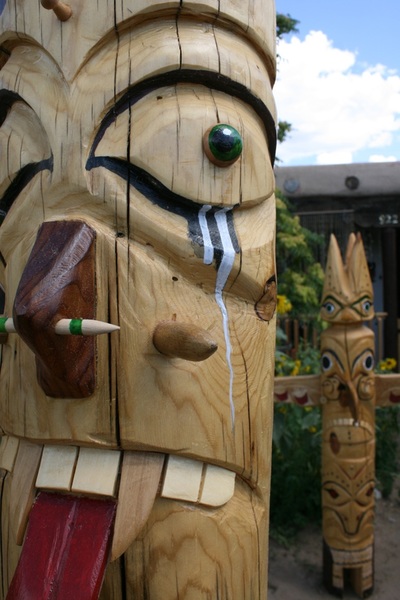
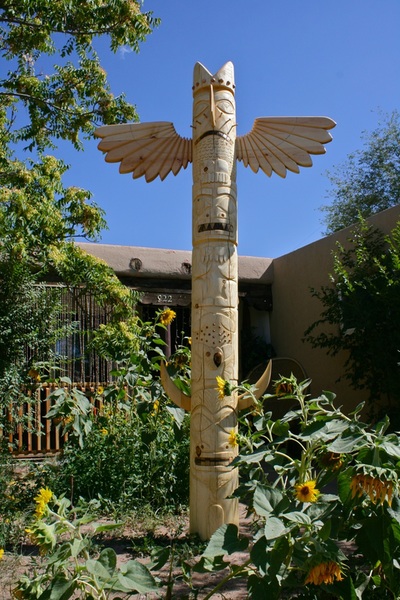
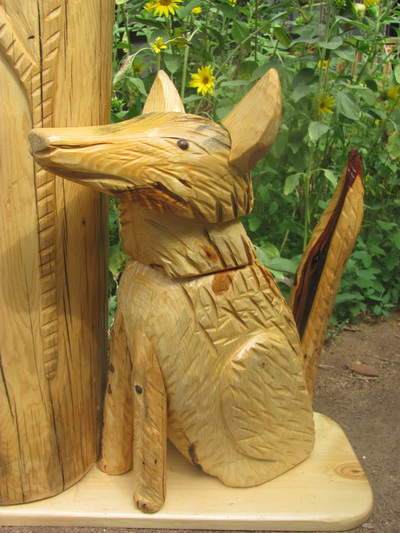
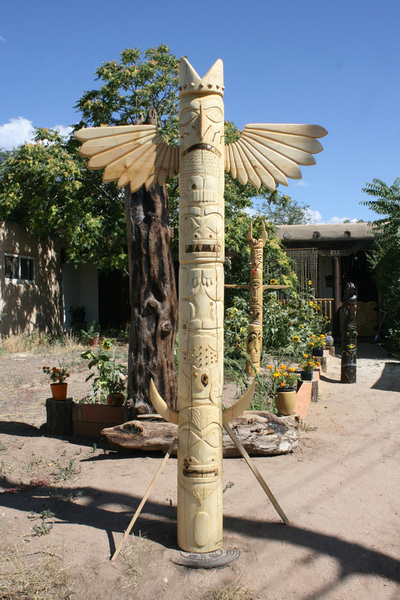

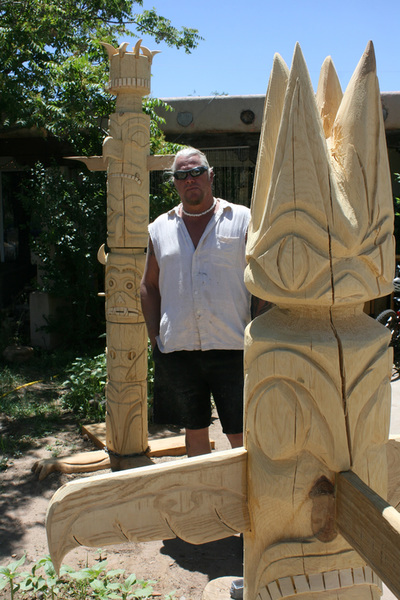
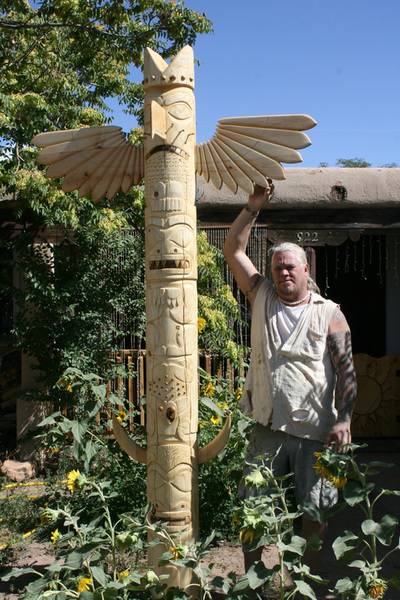
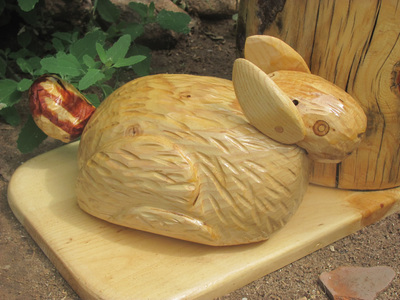
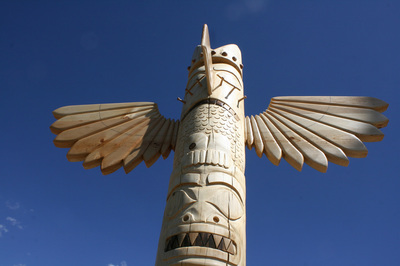
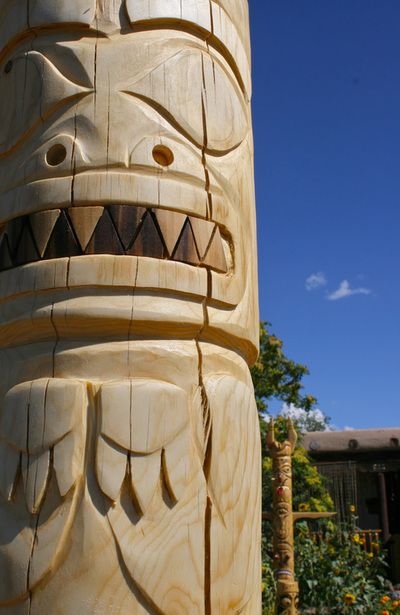
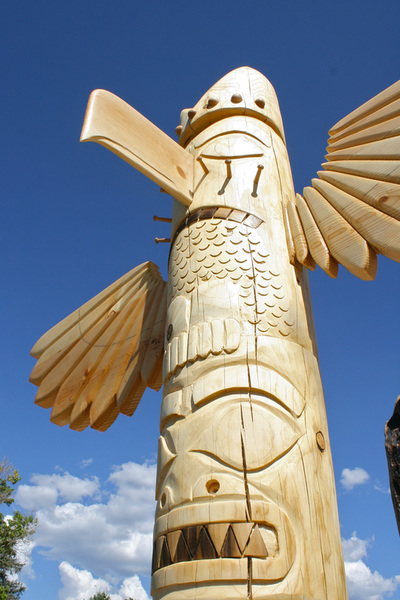
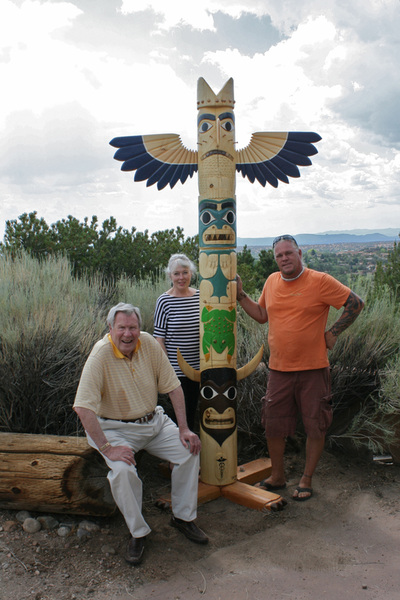
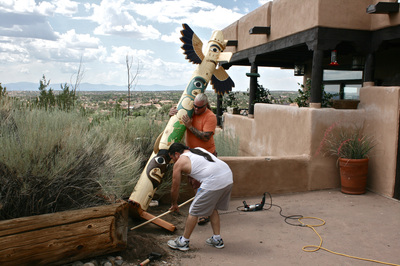













 RSS Feed
RSS Feed